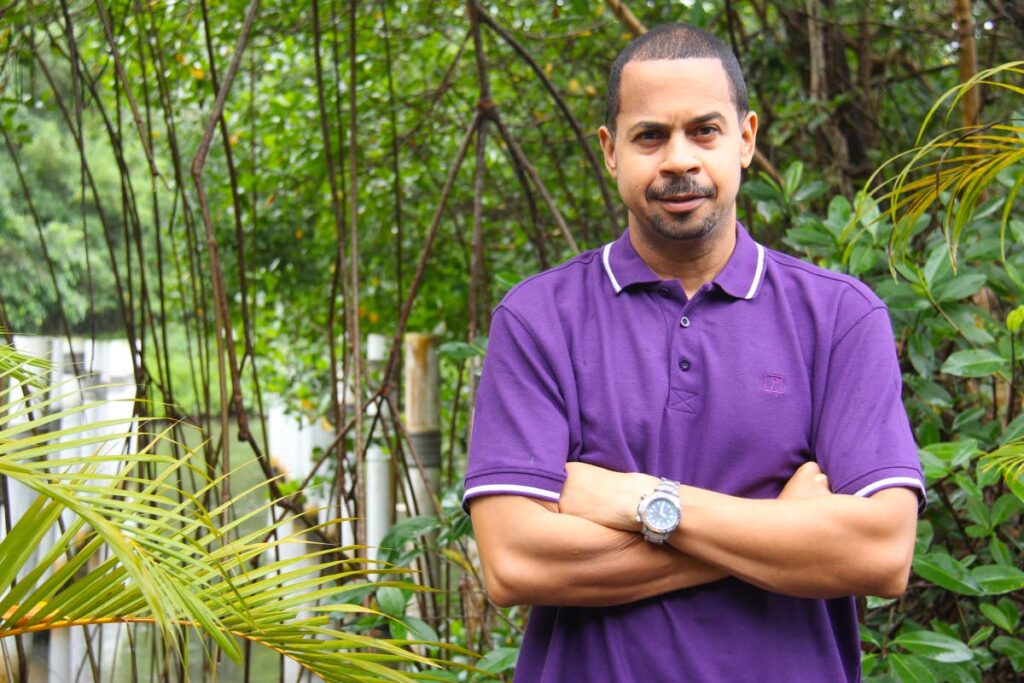A Carnival no longer of the people

WHEN putting together notes for this column, I asked myself what image most strikingly conveyed the spirit of TT Carnival this year.
It was a short video clip posted online of a man cloaked in a hybrid Batman/bat mas costume closing the gate to his home and stepping out into the chilly, dark knight.
He was being recorded by some macocious passersby in a vehicle. Suddenly, the bat-whatever burst into a sprint in hot pursuit of the vehicle. The driver floored it!
In the shaky footage, the masquerader's wings flared outward in an impressive flourish that seemed to spread inky darkness that almost devoured the marmalade glow of the streetlights. That, to my mind, embodied the true spirit of Carnival.
Of course, we're all different so interpretations of the festival vary.
Carnival began with the French planter class in the 18th century – a series of exquisite balls, dinners and hunting parties. The slaves, naturally barred from such enthusiasms fashioned their own version, rooted in a tincture of mockery of their masters.
There is a direct lineage to this history in the dame Lorraine mas character – expressed in the exaggerated busts and behinds of ladies of the estates and privilege. Through the emancipation proclamation, Carnival as we do not now know it was born.
It's a bitter irony that a festival born of the elite, then claimed by the proletariat, has swung back to the elite. Now the peasantry pay for the honour of economic enslavement!They whip themselves for the opportunity to grow the wealth of the few.
All things must change, but the sole evolutionary track Carnival appears to have travelled is mindfulness to mindlessness.
In Carnival post-mortems/autopsies springing up spontaneously online, there is heated debate over what the annual festival has become. In fact, the Carnal-val has been this way for more than ten years.
Costumes are increasingly revealing – revealing who we're becoming: a feckless people of little substance, forever nursing at the teat of distraction and ignorance.
One of the oft-repeated complaints was the scarcity of spectators.
The apparent decline in crowds was felt most acutely by vendors who invested heavily in the "mother of all Carnivals" only to see slow to no sales. Two years of deprivation didn't produce the explosive numbers expected for Carnival 2023.
There are probably two main reasons for dwindling spectator interest.
Surging violent crime is one factor, but additionally, there is both very little and too much to see.
Parents of young children probably aren't keen on explaining why a half-naked woman has her buttocks pointed skyward while a man is pounding (not wining) on her behind, trying to grind her coccyx into chalkdust.
Rutting behaviour of masqueraders aside, there's a dreary sameness to modern mas. The goodie bag/Shutterstock/Victoria's Secret mas is boring to anyone other than those playing it and those perambulating pervs.
Lingerie mas isn't so much usurping Canboulay and other traditional elements as inadvertently pushing them to the fringes. The origins of Carnival's artistic expression exist now like animals relegated to a wildlife reserve, whereas they once roamed freely.
Just to be clear, there's nothing wrong with entrepreneurship driving culture change.
Evolution in the festival has seen some young turks re-imagining ways of doing Carnival, making their version of it hugely profitable and therefore sustainable.
The problem here is a lack of balance. A commercialised interpretation of the festival has taken the cultural wealth of the people, monetised it, and placed it in the hands of the few.
Without a counterbalance, the mas of the people – Canboulay, dame Lorraine, bat mas, midnight robber et al – is facing extinction.
Culture vulture Rubadiri Victor, who has been following trends in Carnival for two decades, made some interesting observations on the state of traditional mas.
While celebrating what he described as a vanguard effort to keep mas traditions alive, Victor is quite blunt about the outlook for ancestral Carnival. Practitioners of traditional mas receive zero grant funding. Many struggle financially to represent the art each year. Moreover, traditional mas-making skills are dying out along with the older generation.
Modern mas attracts the lion's share of commercial suitors.
Traditional mas fights for survival on an ever-shrinking reserve. The private sector is crucial to the viability of Carnival, but there are consequences to abdicating ownership of a festival born of the blood of the people to narrow business interests. These consequences are borne out, for better or worse, by the face of Carnival today.


Comments
"A Carnival no longer of the people"